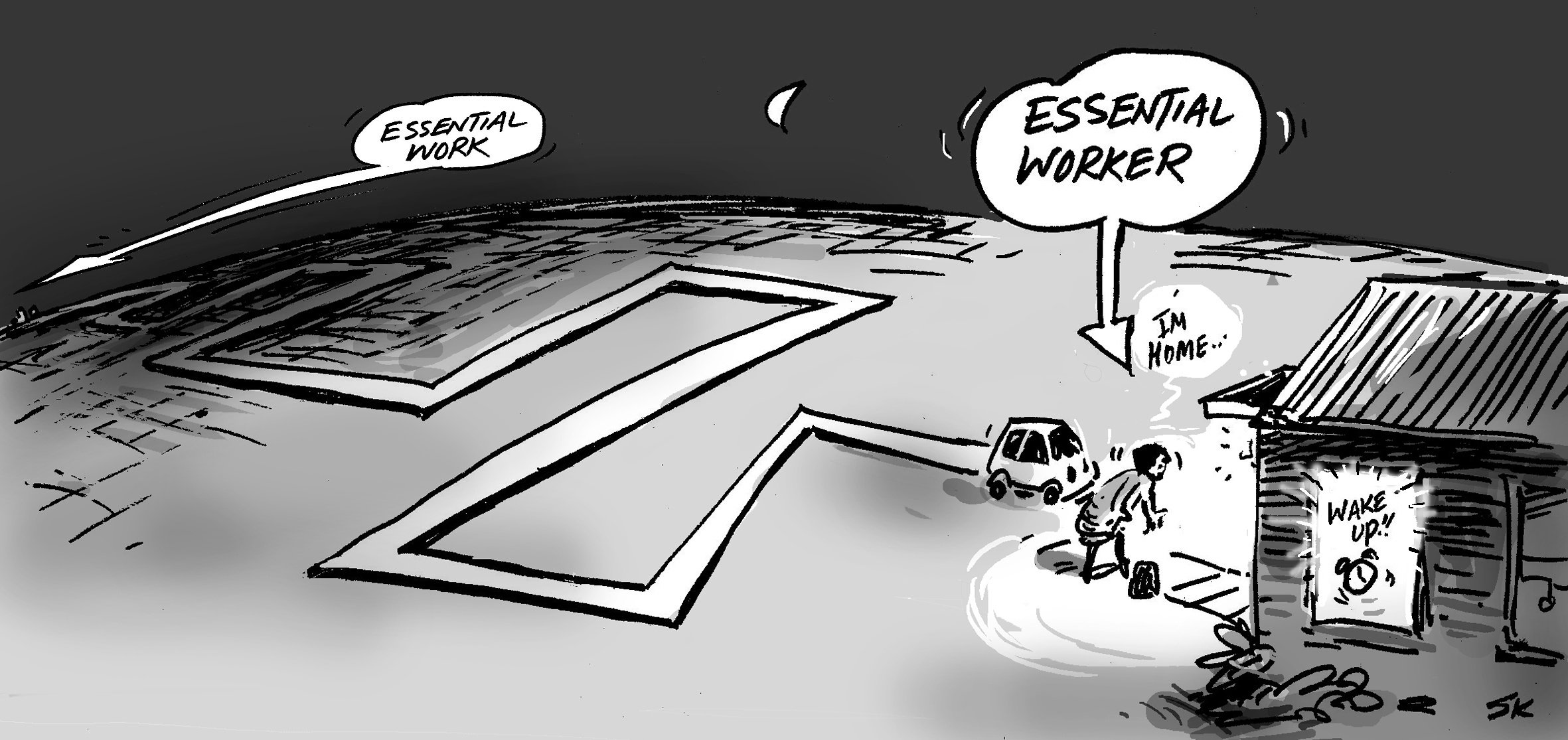As economic landscapes shift, it’s more important than ever to stay informed about both national and local trends. This report (DOWNLOAD HERE) was created in support of our State of the Regions 2024: Economic Spotlight on Greater Melbourne webinar, hosted by .id's Chief Economist, Rob Hall.
The content explores national and state trends, regional performance comparisons, and detailed analysis of Local Government Areas with special focus on key insights into Greater Melbourne’s economy. It highlights challenges and opportunities to inform local strategies, providing economic development and policy professionals with data-driven insights for strategic planning.
The report draws from the 2024 State of the Regions National Economic Dataset, that powers our economic planning tool ecomony.id. Explore the small area data at economy.id.com.au.
Whether you work in economic development, local government, or policy planning, these insights are invaluable to help shape strategies that respond to the current climate.
Here’s a quick summary of the key takeaways from the State of the Regions 2024: Economic Spotlight on Greater Melbourne webinar, but we highly encourage you to Watch the full webinar, and download the full report for a deeper dive into the data.
Key Highlights from the Webinar
1. National and State Trends Shaping Australia's Economic Outlook
Australia is navigating a complex economic landscape. Despite a relatively low unemployment rate of around 4%, the country is facing slow GDP growth and persistent inflation. Household spending is falling due to rising mortgage costs and the soaring prices of essentials like housing, health, and education.
However, Victoria and New South Wales have benefitted from record overseas migration, which has cushioned the decline in household spending and increased labour supply. This population growth will continue to play a crucial role in shaping economic recovery across the eastern states.

2. City and Regional Performance: A Mixed Picture
Economic performance varies significantly across states and regions. South Australia, particularly its capital Adelaide, has experienced a notable economic upswing, while Western Australia reported solid growth driven by mining and export sectors. On the other hand, regions reliant on specific resources, such as the Northern Territory with its declining gas production, have seen a dip in economic output.
Importantly, regional Australia has outpaced metropolitan areas in terms of growth, particularly in states like South Australia and New South Wales, where regional economies are benefiting from infrastructure projects and population shifts.

3. Greater Melbourne’s Economic Performance: Outlook: Uneven Recovery
Greater Melbourne's recovery from the pandemic has been a mixed bag. The city saw a strong rebound in 2022, but growth slowed in 2023 to just 2.4%. With living standards declining as measured by GRP (Gross Regional Product) per capita, the city is grappling with high cost-of-living pressures, which are affecting local retail and construction sectors.
However, certain regions within Greater Melbourne, such as Hume, have shown resilience. Strong export activity and population growth have positioned these areas for sustained recovery, even as others face slower growth.

4. Opportunities and Challenges Ahead
Looking ahead, Victoria faces both opportunities and challenges. Significant infrastructure projects, like Metro Tunnel Project and North East Linkthe $3.25 billion Northeast Link, are expected to boost connectivity and support outer Melbourne’s growth. However, housing affordability and spatial mismatches between job locations and available housing remain critical issues that could hinder future growth.
To understand the full scope of these economic trends and how they might impact Greater Melbourne, we encourage you to download the complete 2024 State of the Regions: Spotlight on Greater Melbourne report. The report provides a detailed breakdown of national, state, and regional economic performance, with tailored insights for Greater Melbourne’s local government areas.
For those seeking further insights, the .id Economics team is available to help you apply the State of the Regions data to your economic planning and policy work. Reach out to us to explore how we can support your local strategies at economy@id.com.au
Stay informed, stay ahead. Watch the full webinar, and download the report today to equip your team with the insights they need to navigate the year ahead.












